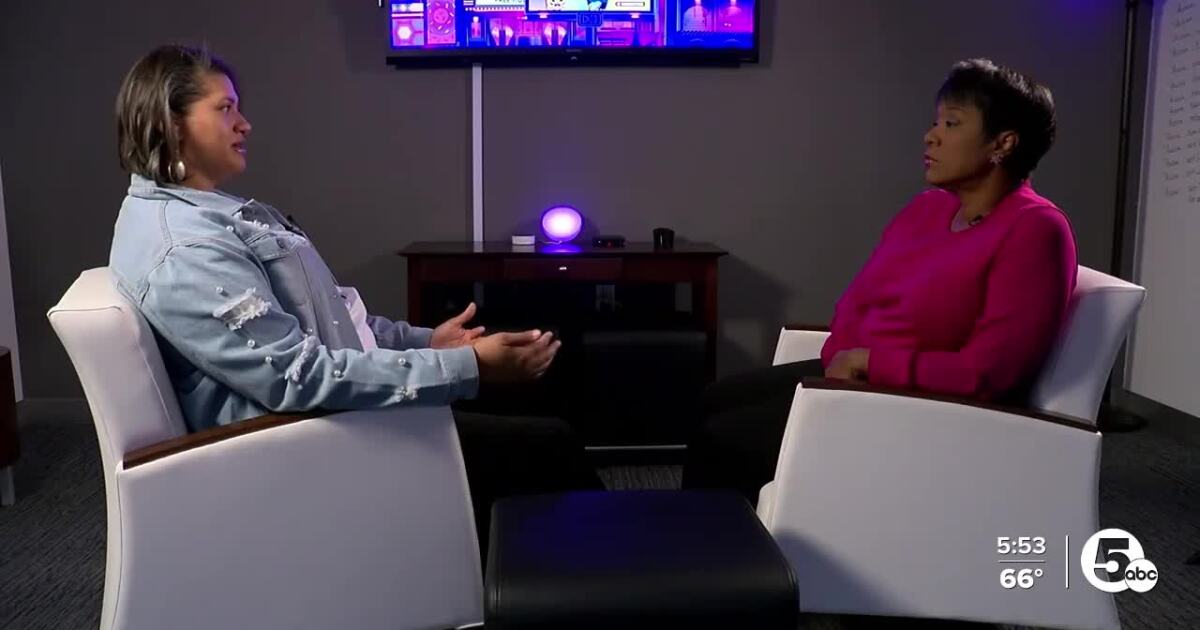If you break a bone, you head to the emergency room.
When something breaks in the mind, believe it or not, many people also head to the emergency room.
But according to a recent CDC report, from 2018 to 2020, Black adults visited emergency rooms for mental health issues at a rate nearly double the national average.
They had higher rates of emergency room visits than Hispanic and white adults across all mental health disorder categories.
News 5 anchor Danita Harris has done numerous articles and podcasts on mental health issues in the black community and this study intrigued her. She spoke to a therapist about why this happens as well as a mother who shared her struggles, as well as her sons.
Tatianna Thompson says her mental health journey began when she was a teenager living in an environment and community that also had mental health issues.
Being a biracial kid in a predominantly black community. People discuss the texture of my hair or the way I look. At one point, I was like, you know, I was blaming my dad, you know, like I wasn’t black, Thompson said.
This single mother of two boys speaks honestly about her mental health struggles. She struggles with depression and uses counseling as a tool to help her cope.
The attitude towards mental health was as if Jesus was the only way. You had to go to God or like, everyone didn’t think they needed advice, except like me, she said.
I spoke with a licensed therapist, Robyn Hill, and asked her why are black adults more likely to go to the emergency room for mental health issues than any other race?
Hill says, “They feel distressed and not knowing what their distress is, they go to the emergency room. Often people have very severe symptoms and can’t get an appointment for a few weeks or a month. We have children who are very unstable and who have very disruptive behaviors and the parents are frustrated, even overwhelmed, with how to manage these behaviors and don’t know what to do to manage them. So they go to the emergency room to get help, but it’s not necessarily the best place for them.
Thompson’s son had a mental health experience in the emergency room.
He was suicidal. There was a moment where I was getting agitated and yelling about something he didn’t do. A task he did not accomplish. He was really upset and he went upstairs and called 911, she said.
Thompson also shared that there is a distrust of counseling professionals who are not black.
She says they don’t understand the culture, they don’t understand the struggle.
Hill echoes this sentiment.
Being afraid to go see someone comes from being mistreated. In working with our population of African Americans, you must be open to hearing what they have to say, allow your patients to educate you about themselves, and not come in there thinking you have all the answers and that this will help close that gap and reduce that stigma for this community, Hill said.
It is clear that there is still work to be done and it starts at home. Thompson says she’s normalized home counseling because she now sees the value in it.
#Emergency #room #visits #black #adults #mental #health #issues #rise
Image Source : www.news5cleveland.com

